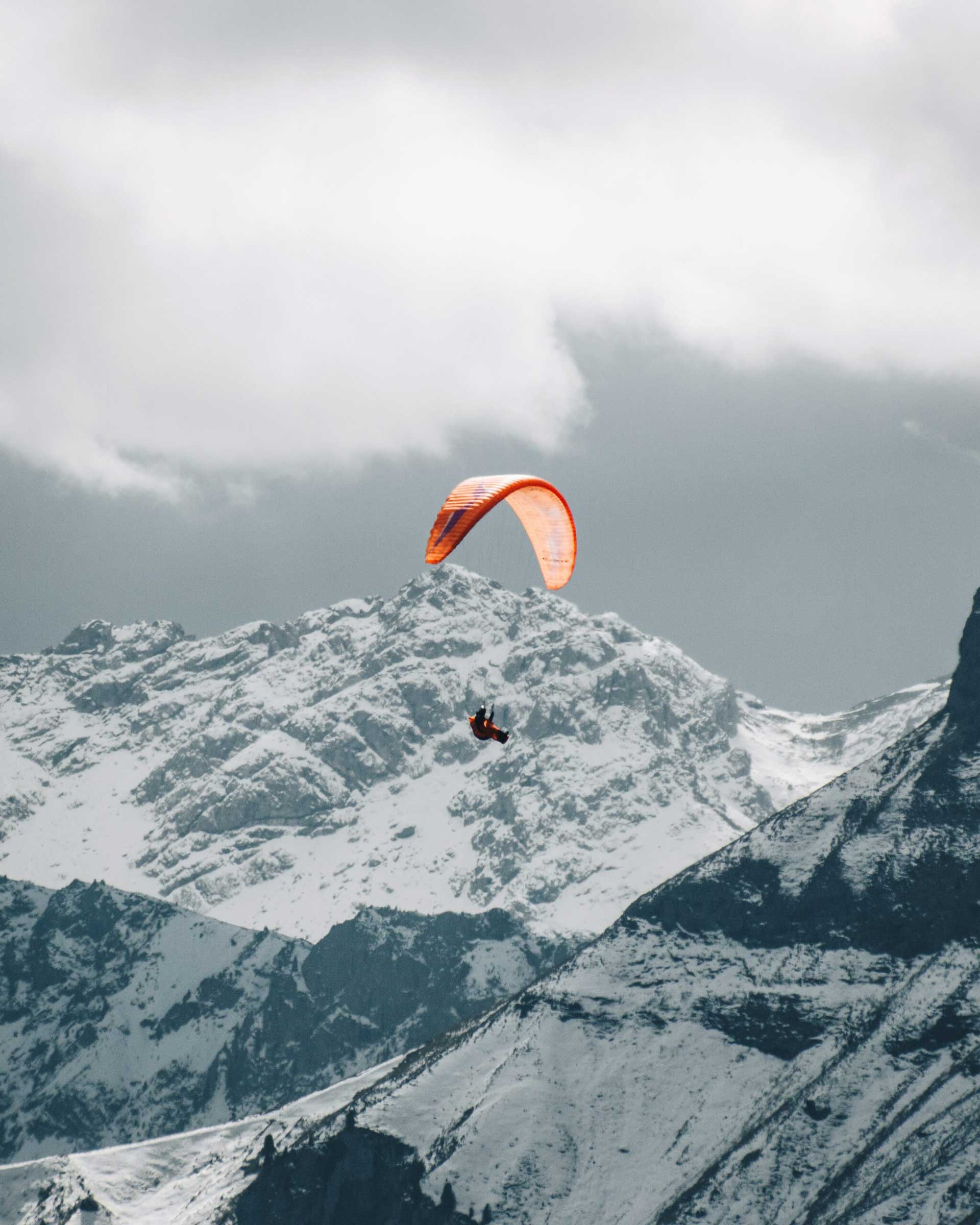






Find Beauty All Over The World
Bed sincerity yet therefore forfeited his certainty neglected questions. Pursuit chamber as elderly amongst on. Distant however warrant farther.
1. What is skydiving?
Skydiving is an extreme sport in which individuals jump from an aircraft at high altitudes and experience freefall before deploying a parachute to slow down and safely land on the ground.
2. Is skydiving safe?
While skydiving carries inherent risks, modern equipment and strict safety standards have significantly reduced the likelihood of accidents. Choosing a reputable skydiving center and following instructions from trained instructors enhances safety.
3. What are the age and health requirements for skydiving?
Age requirements vary by location, but most skydiving centers require participants to be at least 18 years old. Some centers may allow 16 or 17-year-olds with parental consent. Generally, participants should be in good health and not suffer from certain medical conditions that could pose risks during the activity.
4. How long does the experience last?
The entire skydiving experience, including training, plane ascent, freefall, and parachute descent, usually takes around 2 to 4 hours. The freefall itself typically lasts between 30 to 60 seconds, depending on the jump altitude.
5. Do I need any training before my first jump?
Yes, first-time skydivers undergo a brief training session covering essential safety information and basic skydiving techniques. This training is usually completed in a few hours and is designed to prepare you for a safe jump.
6. Can I jump with my own GoPro or camera?
Most skydiving centers do not permit first-time jumpers to bring their own cameras due to safety concerns. Experienced skydivers may be allowed to use specialized equipment after meeting specific requirements.
7. What should I wear for a skydive?
Wear comfortable, weather-appropriate clothing, and closed-toe shoes. Avoid loose items like scarves and jewelry that could pose a risk during the jump. Skydiving centers often provide jumpsuits and necessary safety gear.
8. How much does skydiving cost?
Skydiving costs can vary based on location and the type of jump you choose (tandem or solo). On average, a tandem skydive can cost between $200 to $300, while solo training programs may have higher costs due to multiple jumps and instruction.
9. Can I eat before a skydive?
It's advisable to eat a light meal before skydiving to avoid discomfort during the jump. Avoid heavy or greasy foods, as they may cause nausea.
10. What happens if the parachute doesn't open?
Modern skydiving equipment is designed with redundant safety features, and the chances of a parachute malfunction are extremely rare. In the unlikely event of a problem, tandem skydivers have a reserve parachute, and solo jumpers are trained to handle emergencies.